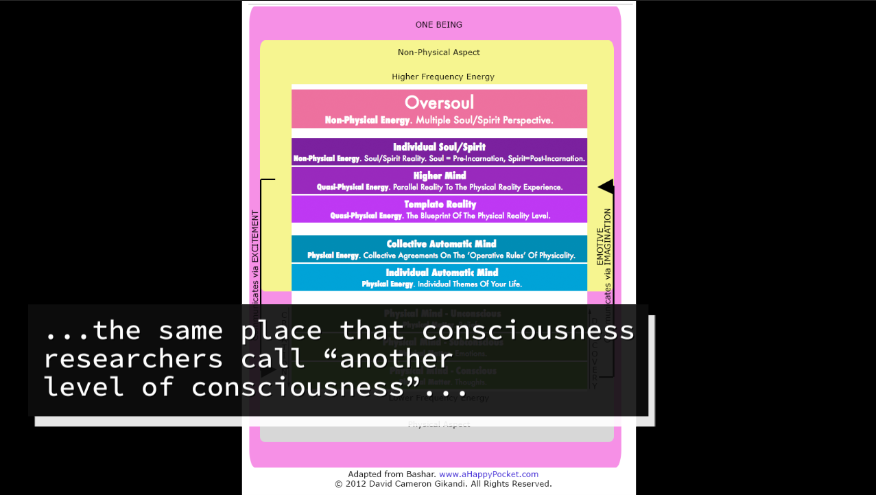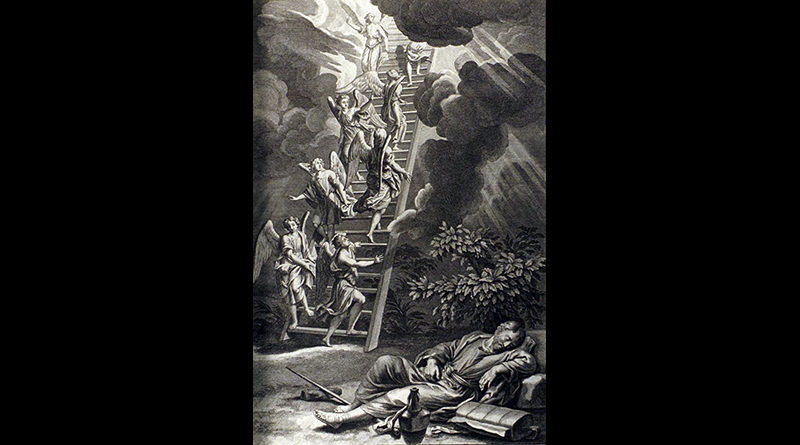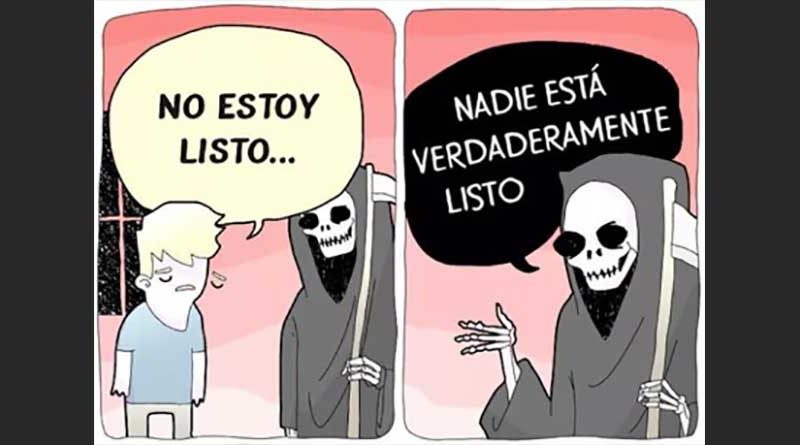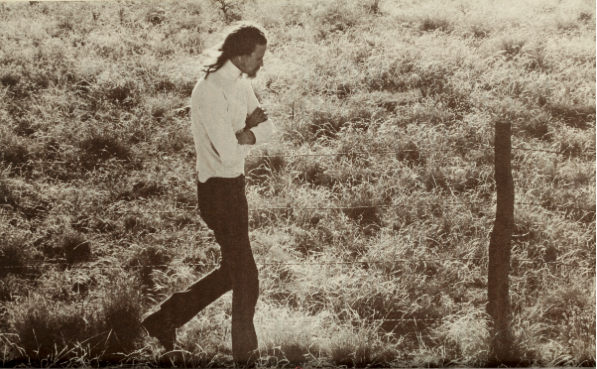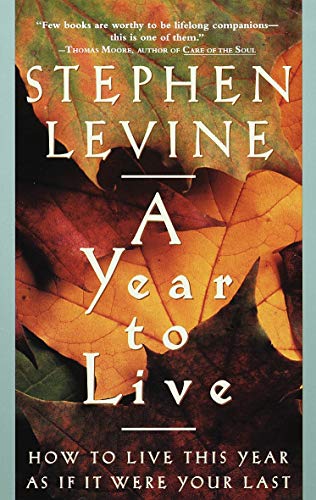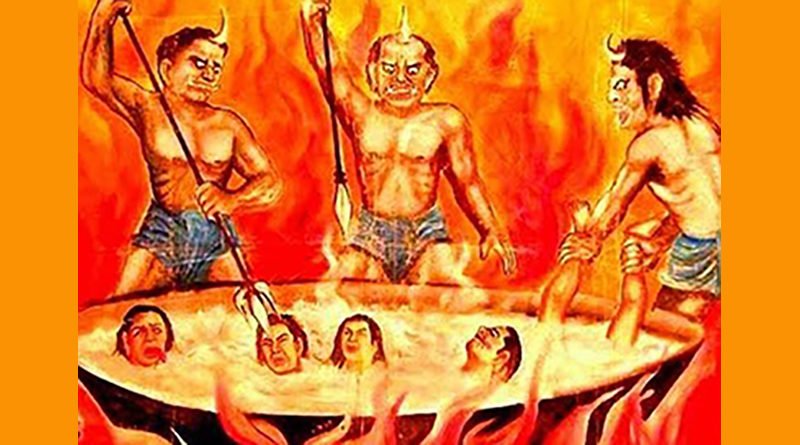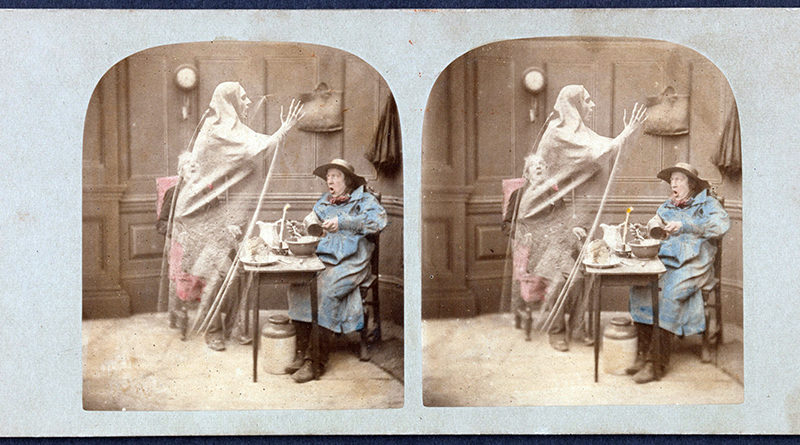Memory, Morphic Resonance, and the Collective Unconscious
- 1 hour-20-minute audio. “When we’re thinking about the nature of consciousness, I’m rather influenced by the Tibetan theory that we have ‘turiya’, the deep sleep state. It’s this state of not blankness but of infinite conscious possibility. People who meditate a lot become conscious within sleep, and that is the kind of state of ultimate, nonbounded consciousness. But normally we’re unconscious of it, but it’s potentially accesible thru consciousness.
- “Our waking life is limited to the bodily conditions we’re in, etc. And dreams are somewhere between those two realms: the realm of infinite possibility and the realm of much more limited actuality in our waking life. Dreams have this much greater openness to possibility so they’re closer to the deep sleep state than our waking state and so they have this intermediate quality to them which makes them so interesting and intriguing.”
Why Near Death Experiences Are Not Hallucinations
- Stanislav Grof: “I had my training as a psychiatrist, a physician and then as a Freudian analyst. When I became interested in non-ordinary states and started serving powerful mystical experiences, also having some myself, my first idea was that it (consciousness) has to be hard-wired in the brain. I spent quite a bit of time trying to figure out how something like that is possible.
- “Today, I came to the conclusion that it is not coming from the brain. In that sense, it supports what Aldous Huxley believed after he had some powerful psychedelic experiences and was trying to link them to the brain. He came to the conclusion that maybe the brain acts as a kind of reducing valve that actually protects us from too much cosmic input. So, I don’t see, for example, that experiences of archetypal realms, heavens, paradises, experiences of archetypal beings, such as deities, demons from different cultures, that people typically have in these states that they can be somehow explained as something that comes from the brain. I don’t think you can locate the source of consciousness. I am quite sure it is not in the brain not inside of the skull. It actually, according to my experience, would lie beyond time and space, so it is not localizable. You actually come to the source of consciousness when you dissolve any categories that imply separation: individuality, time, space and so on. You just experience it as a presence.
- “People who have these experiences can either perceive that source or they can actually become the source, completely dissolved and experience that source.”
Is the Sun Conscious?
- 36-minute audio clip. “Rupert Sheldrake explores the possibility that the sun and other stars are conscious, as opposed to the usual assumption that they are unconscious and inanimate. This talk was at the Royal Geological Society in London in December 2015, to the Gaia Network.”
Collective Unconscious
- “In ‘The Significance of Constitution and Heredity in Psychology’ (November 1929), Jung wrote:
- ‘And the essential thing, psychologically, is that in dreams, fantasies, and other exceptional states of mind the most far-fetched mythological motifs and symbols can appear autochthonously at any time, often, apparently, as the result of particular influences, traditions, and excitations working on the individual, but more often without any sign of them. These ‘primordial images’ or ‘archetypes,’ as I have called them, belong to the basic stock of the unconscious psyche and cannot be explained as personal acquisitions. Together they make up that psychic stratum which has been called the collective unconscious.
- ‘The existence of the collective unconscious means that individual consciousness is anything but a tabula rasa and is not immune to predetermining influences. On the contrary, it is in the highest degree influenced by inherited presuppositions, quite apart from the unavoidable influences exerted upon it by the environment. The collective unconscious comprises in itself the psychic life of our ancestors right back to the earliest beginnings. It is the matrix of all conscious psychic occurrences, and hence it exerts an influence that compromises the freedom of consciousness in the highest degree, since it is continually striving to lead all conscious processes back into the old paths.'”
- “Jung linked the collective unconscious to ‘what Freud called “archaic remnants” — mental forms whose presence cannot be explained by anything in the individual’s own life and which seem to be aboriginal, innate, and inherited shapes of the human mind’. He credited Freud for developing his ‘primal horde’ theory in Totem and Taboo and continued further with the idea of an archaic ancestor maintaining its influence in the minds of present-day humans. Every human being, he wrote, ‘however high his conscious development, is still an archaic man at the deeper levels of his psyche.‘
- “As modern humans go through their process of individuation, moving out of the collective unconscious into mature selves, they establish a persona — which can be understood simply as that small portion of the collective psyche which they embody, perform, and identify with.
- “The collective unconscious exerts overwhelming influence on the minds of individuals. These effects of course vary widely, since they involve virtually every emotion and situation. At times, the collective unconscious can terrify, but it can also heal.”
Science Proves that Human Consciousness and our Material World Are Intertwined: See For Yourself
- Arjun Walia: “Everything we call real is made of things that cannot be regarded as real.” – Niels Bohr. “The revelation that the universe is not an assembly of physical parts, but instead comes from an entanglement of immaterial energy waves stems from the work of Albert Einstein, Max Planck and Werner Heisenberg, amongst others.”
